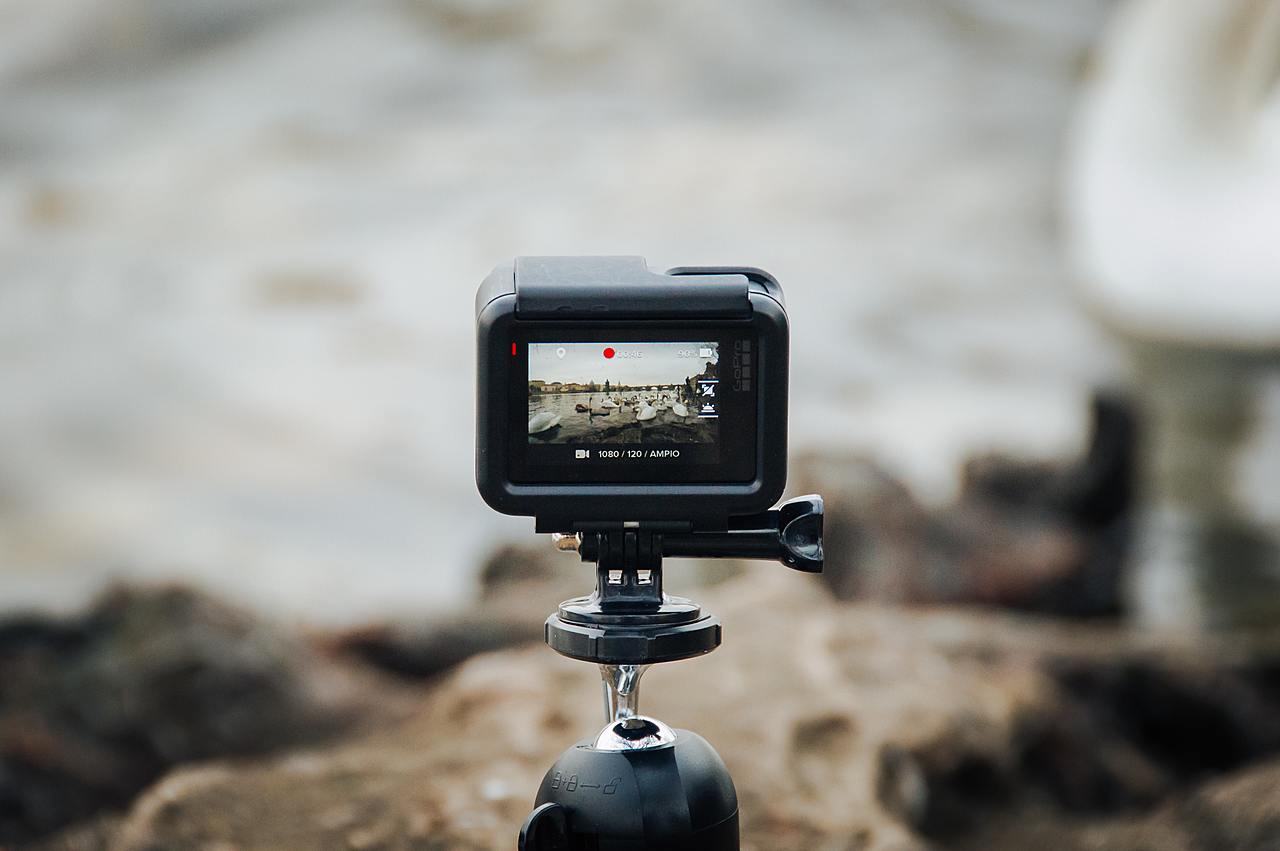Getting Started: Recording Your First Video
Mar 11th 2020

Software you'll need
There are several options available to you for recording incredible videos for your audience. In this example we're recommending tools we use ourselves to create videos for our other project http://cgcookie.com.
- Video Screen Recording Software: A great free choice is Open Broadcaster Software (OBS), with Camtasia for a paid option to record your computer screen.
A typical good recording setting should be 1920x1080, 30FPS, and 196kps/Stereo audio
Video Editing Software: You cannot go wrong with Adobe Premiere. It costs $$, though does what you'll need it to do. For free options check out Blender and Lightworks.
Image Editing Software: Similar to above our team leans on Adobe Photoshop for majority of our graphic editing. If you're looking for a free option GIMP and Pixlr are solid choices.
Audio Editing Software: Sticking to the Adobe Suit, Adobe Audition will get the job done and perhaps even a bit of overkill. There are some simple audio editing tools if you've picked Premiere, or an open source option is Audacity.
__________________________
Hardware you'll need
It goes without saying that you'll need a decent computer to record your screen on. Well, I guess we just said it. ;) What you do beyond this will just increase the quality of the videos you create.
- Microphone: While you can sneak by with your phone's headset, upgrading to a professional microphone will separate you from the pack. The Rode Pocaster is a fantastic product to get the job done.
- Computer: Noted above. 😎
- Lighting: If you're looking to film yourself, spending that extra bit on lighting may seem unnecessary at first, but similar to grabbing a nice microphone, spending a minute or two on your lighting will +10 your professional points. Something like this will more than get the job done.
__________________________
Ready to record your introduction?
Always follow these three steps during the head of your video,
- The first words out of your mouth should be describing the problem this video will solve. Get to the meat and potatoes right away. e.g. 3D Modeling can be extremely overwhelming, In this video I am going to break it down into three steps to save you time and money.
- If applicable, show your final result within the first 5-10 secs of the video. Gives the student the info needed to help them decide if they need to continue watching.
- Rehearse! Run through it a couple times, record yourself and then watch yourself. You'll be shocked at how many times you may find yourself scratch your eye, or say "uhm". It helps make you aware of it before your audience gets annoyed by your unconscious habits.
__________________________
The body of the video: Introduction done, now onto the good stuff:
- Go beyond showing which buttons to press, be sure to communicate the "why" you're doing something,
- Minimize quiet times. If you must be sure to lean on music to fill in the silence,
- Minimize still video, you're recording a video after all! If you find yourself having to lecture, switch the camera back to you, or create graphics to support what you're saying.
__________________________
Wrapping things up, the tail of the video
- While recapping what you taught may feel natural, this is when you'll see majority of your audience drop off. Keep in mind this is a video, so if they are curious they can simply rewind to review!
- Challenge your students with a task to take what they've learned and do an exercise, or post in the forums. e.g. Now that I've shown you how to model this corvette, take what you've learned and model a Tesla Model X.
__________________________
Other points to keep in mind:
- DO NOT use unlicensed images for anything related to your content. Do not steal images from a google search, other copyrighted websites, or from your little brother, unless they are open source or you have their owner’s approval. If you have a question whether it’s okay, just ask us!
- DO make sure the licensed content allows for distribution.
- DO use CreativeCommons material. CC-0 is public domain and is best. CC-BY is usable as long as you’re diligent to document the owner and credit them. If you use CC-BY material we will discuss the details about attribution.
- CC websites like pixabay.com and pexels.com are excellent CC-0 stock image resources.
- DO use your own photography, created textures, or graphics to supplement your content.
- All ideas or tutorial techniques must be of your own making
